The UK’s rarest classic cars
Rarity is usually assigned to those blue-chip classics that were thin on the ground when new and are even fewer in number now. Yet rare cars can drive past us and most would never flutter an eyelid, never mind crane our necks for a better view. The ravages of time, weather and rust have rendered many once commonplace cars, or at least readily available ones, now near unicorns.
Rarity from the Eastern Bloc
A prime example of a car few would recognise when it was new and only the most keen-eyed would spot now is the Dacia Duster Roadster. Never the most handsome car, the Romanian roadster was based on the utilitarian 4x4 and found itself on sale in the UK during the 1980s as a rival to the Suzuki SJ. Where the Japanese car had cute looks to charm buyers, the Dacia just had a low price and few were tempted enough to part with their cash. As a result, the Duster Roadster is now a rarer sight on our roads than a Ferrari 250 GTO.
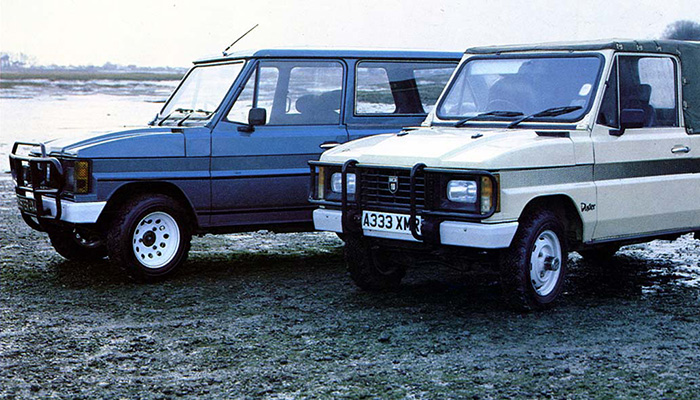
Courtesy Magic Car Pics
Another Eastern European machine to find itself on the endangered list is the Skoda MB. When the company was still having to send its cars through the Iron Curtain, the MB had a small and dedicated group of buyers who recognised its appeal. Rugged, yes, but also keenly priced and there was even some motorsport halo to bask in thanks to Skoda’s efforts in rallying and hillclimbing. Now, you’re more likely to see a Blower Bentley than a Skoda as all but the tiniest handful have turned to rusty dust.
Compact Japanese sportiness
That’s not a fate likely to befall the sleek Toyota S2000 GT, of which there’s only one on the UK’s roads at the time of writing. However, if you want more rare car points for a Japanese machine, how about a Daihatsu Charade GTI or Subaru Leone 1600? If you own one of these, you are guaranteed never to see another coming in the opposite direction, and most people will have no clue as to what you’re driving.
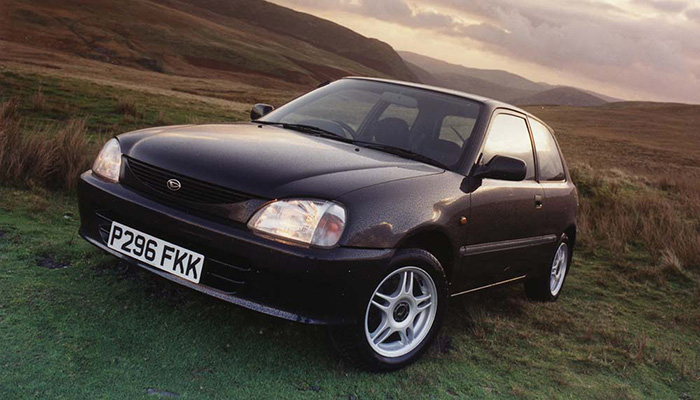
In the case of the Daihatsu, you’ll be at the wheel of one of the great 1980s hot hatches thanks to its feisty 1.3-litre turbo engine that outs out 97bhp. Doesn’t sound like much but the Charade weighed little more than a packet of cereal so that it accelerated as quickly as the three-cylinder engine made it sound like.
The Subaru’s flat-four engine has its own distinctive beat, while its all-wheel drive set-up means you could head further afield in a search for another. That go-anywhere ability is also what sealed the fate of most Leones and many later Subarus as the slipped into being farm hacks and the choice of impecunious country types who need four-wheel drive on the cheap.
Big, French, and hard to find
If you prefer luxury over all-terrain toughness, a Renault 25 was a more than decent choice in the 1980s. Finding one today is a tough ask, and finding a GTX version is even harder as only one is registered for the road as we write. With its onboard computer as standard, the GTX was an advanced car for its time, though the digital voice could be more jarring than encouraging as it droned information at you.
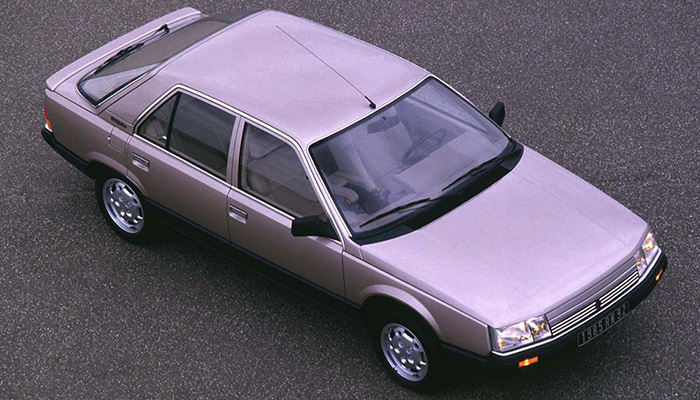
Still on a luxury theme, the Mazda Xedos 6 was a very decent rival to the BMW 3 Series in the 1990s, not that many people had the chance to find out. Company car fleet managers flocked to the BMW, and Audi A4 and Mercedes C-Class, while the Mazda was left wondering why nobody wanted its sweet revving 24-valve V6 engine. Front-wheel drive didn’t help its cause at the time, nor did a Mazda badge in a snob-driven sector. Yet now, turn up in the Mazda Xedos 6 in SE trim and you will certainly be the standout attraction in the corporate car park.
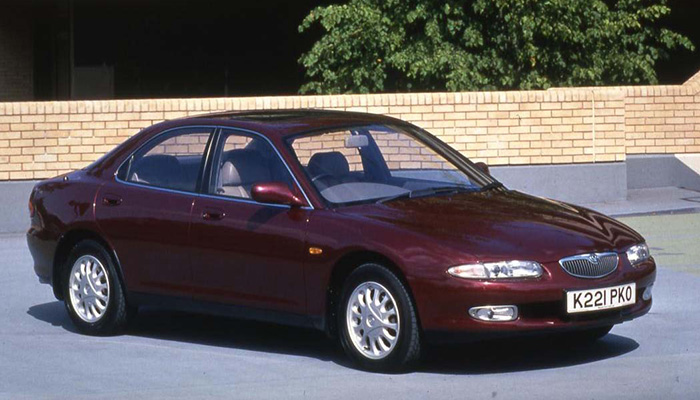
Not all of the rarest cars in the UK have taken the same path as the ones above, where obscurity was foisted upon them from a young age by buyers. Alfa Romeo had very high hopes for its Arna, which was a joint project between the Italians and Nissan. The plan was to offer a car with all the fun and excitement you would want from an Alfa coupled to the reliability of a Nissan. Unfortunately, the Arna ended up with the less desirable traits of each company and sunk almost without trace save for the tiny number remaining on the road in the UK. Let’s blame the parents for this one.
Scarce British beasts
The same is not the case for our last couple of rare beasts. Bristol has always been a connoisseur’s choice of motor car and happy to build them in penny numbers. The Bullet was a great attempt to bring the firm’s name back to the fore with this roadster model. With V8 power, the Bullet would live up to its name for performance, but a huge price tag put off buyers and there was just a solitary example on the UK’s roads at the time of writing.
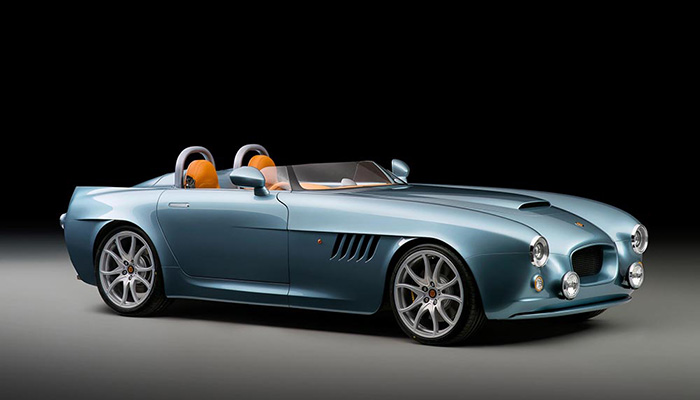
Aston Martin fans will also find just the one Two Litre model on the UK’s highways and byways. Now more commonly referred to as the DB1, this two-seat open-top sports car was the height of sophistication when it was launched in 1948. Its 90bhp 2.0-litre motor offered dapper performance, but the small matter of the much faster and much cheaper Jaguar XK120 torpedoed the sales hopes of the Aston. Only 14 were made in total and several remain, but only the one on the road as intended.
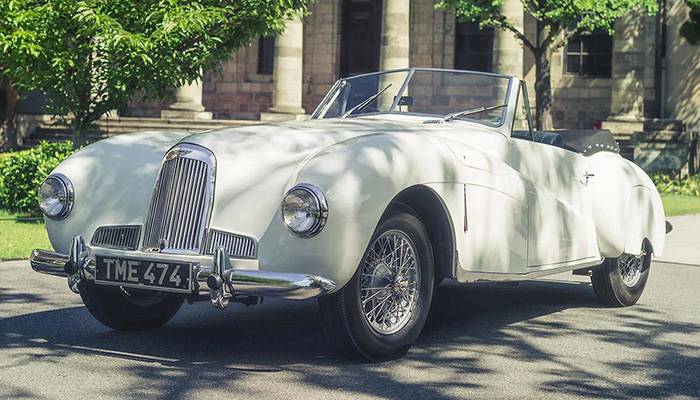
Courtesy Bonhams
What all of these almost gone yet not quite forgotten classics show is there is a lot more to rarity than an exotic badge and production run that can be counted on one hand. Rarity exists in all corners of the classic car world and should be celebrated in all its weird, wonderful and one-off forms.
Have we missed any you think should be on the list? Let us know in the comments below!

COMMENT